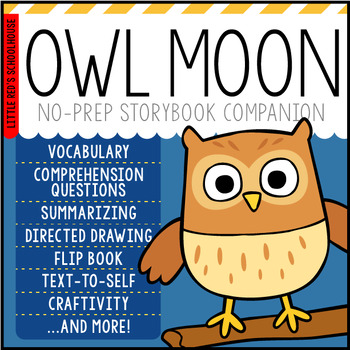Full disclosure: this post is actually from last year, and due to glitches with one of my files, I never posted it. Better late than never, I hope!
What better time than October to study owls? They are such beautiful, fascinating birds and we had a blast learning more about them.
We read book about owls . . . .


Watched owl videos . . .
What better time than October to study owls? They are such beautiful, fascinating birds and we had a blast learning more about them.
We read book about owls . . . .


Watched owl videos . . .
and of course we did owl-themed activities!
After reading and learning about owls and their carnivorous diet, Colby completed this cut-and-paste activity, gluing the prey animals in the owl's belly:
For a free copy of this activity, click here!
We listened to some owl calls,
and used this fun owl spinner to work on graphing, ten-frames, and addition.
Not all of the materials included in this activity are shown here - there's a lot more in the download!
(I bought this inexpensive pack of spinners: plastic game spinners,
but you can also make your own with a paperclip!)
This activity includes addition and ten-frame worksheets, task cards with recording sheet, spinner, and graphing sheet. Get your free copy here!
If you've never seen an owl eject a pellet, now is your chance! We started Owl Pellet Day with this icky-but-interesting video:
Then, we broke out the actual pellets!
(We got our owl pellet kit right here.)
We examined,
we measured,
we dissected,
we identified,
we learned,
and we recorded our observations in this FANTASTIC free booklet by Renee Dooley.
You can download your own free copy at her TpT store; don't forget to leave feedback!
The boys really found the owl pellets fascinating!
We examined some of the teeny bones under the microscope, too,
and saved the bones to assemble another day.
Colby and I read Owl Moon by Jane Yolen:
and made good use of this book study by Little Red's Schoolhouse:
It's a fantastic packet for grades 1-3 and we strongly recommend it!
For lots more owl-themed ideas and freebies, try our Pinterest board:
Happy Halloween, everyone!




















































